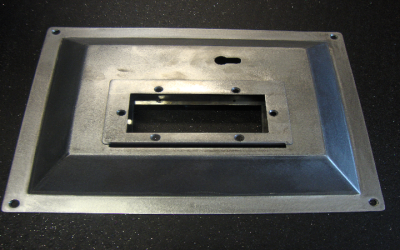Since the conception of hollow tubing there has been tube bending, nothing has changed with any of the basic principals although the introduction of new tubing bender designs and other technology has evolved. One thing is certain; there is no way to alter the physics, it makes no difference whether it is tubing or pipe there has always been only four factors to consider; the material, the lubricant, the tooling and the machinery.
The fundamentals of tube bending:
Before the process begins the engineer and the operator must know the properties of the tube. Although the tube is specified by its nominal size, a tubing bender is based on the radius at the centerline of the bend, the outside diameter of the tube and the tube wall thickness.
Other important considerations include the inner radius of the bend where compression occurs, the outside radius of the bend where tension occurs and the neural line where neither compression or tension happens.
Tube bending, although very different from forming metal on a brake press does have one similar characteristic; it tends to spring back after it has been bent. The smaller the bend radius the more spring back occurs although copper tubing has considerably less spring back than harder steel tubing.
The vast majority of steel tubes have a welded seam although some are drawn over a mandrel, hence seamless. The consistency of the seam weld is quite important in the quality of the bend. If the joint isn’t perfectly aligned or the weld bead is oversize the “roundness” of the tube will be affected, hence the tubing bender will have a problem making the perfect bend.
Tube bending is no different than most manufacturing; it is the requirements demanded by the application that dictates the manufacturing method. There are four basic approaches to tube bending; ram, roll, compression and rotary draw.


